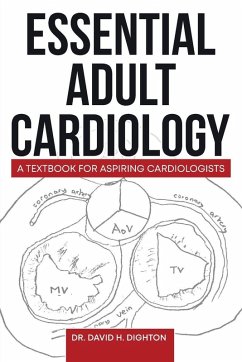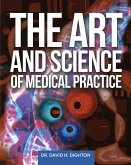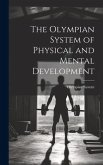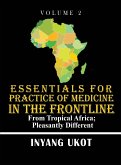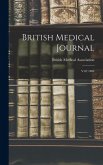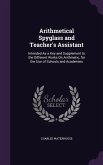This is a practical textbook of adult cardiology aimed at medical students, junior doctors, and those more senior who need to know more about cardiac trial results and recent research advances. It represents a digest of 50 years of practical clinical experience, much of which will be valuable to nurses and paramedics engaged with heart problems. The book covers basic topics through to advanced ones. Many medical professionals find diagnosing and managing cardiac conditions harder than most other specialties. Only those who study the mechanical and electrical functions of the heart will gain a facility for accurate diagnosis and management. The aim of this book has been to define and explain all the key information about cardiac problems and to provide the evidence needed for sound cardiac diagnosis and management. There are too many clinical variations. Knowing and understanding all this book has to offer will not a cardiologist make; especially one capable of complex assessment, judgement, and invasive intervention. It will, however, provide a foundation. Managing a disturbed cardiovascular system from every physical, emotional, and functional point of view requires some talent. Through the knowledge gained within and hands-on experience, a cardiologist with enough clinical wisdom to achieve patient benefit should emerge. I have summarised the history of cardiology, modern advances in cardiac intervention, and key references to many important therapeutic trials. All are necessary for an appreciation of current cardiac management. An area of difficulty for many students and doctors is cardiac examination, especially auscultation of the heart. Another area of difficulty is 'reading' ECGs. Few now appreciate that it was over seven decades ago that cardiologists first developed the skills needed to detect and assess congenital and valvular abnormalities using only their eyes, ears, and hands. Using feedback from cardiac catheterisation and surgery, these skills developed further. Except for those working on desert islands and in impoverished third world countries, the highly specialised skills of cardiologist doyens like Paul Wood and Aubrey Leatham might now seem antiquated. Echocardiography, MRI, CT, and PET scanning are now seen as more useful and reliable. ECG interpretation is difficult because it requires not only experience with true abnormalities but also an acquaintance with the many variations of normal. I hope to impart a better understanding by including details of how ECGs are generated and how abnormalities arise. The two commonest causes of cardiac morbidity are atherosclerosis and arteriosclerosis. To understand how atherosclerosis affects the coronary and other arteries and how arteriosclerosis relates to left ventricular hypertrophy and hypertension, I have included information about these processes at a clinical, histological, and molecular level. Patients are most troubled by shortness of breath, angina, heart attacks, and rhythm problems. To understand them fully, one must consider valvular and adult congenital heart disease, together with the reasons for heart failure and its optimal management. Also included are less common conditions like myocarditis, cardiomyopathy, cardiac tumours, and heart disease in pregnancy. Cardiologists like to quote relevant trials as acronyms, so some of the game-changing and controversial ones will be found throughout the text. The bibliography provided will enable dedicated students to take their study of cardiology further, to an expert level, should they wish. Those who want details of cardiac surgery will not find enough detail here. They should consult dedicated surgical textbooks on the subject.
Bitte wählen Sie Ihr Anliegen aus.
Rechnungen
Retourenschein anfordern
Bestellstatus
Storno

